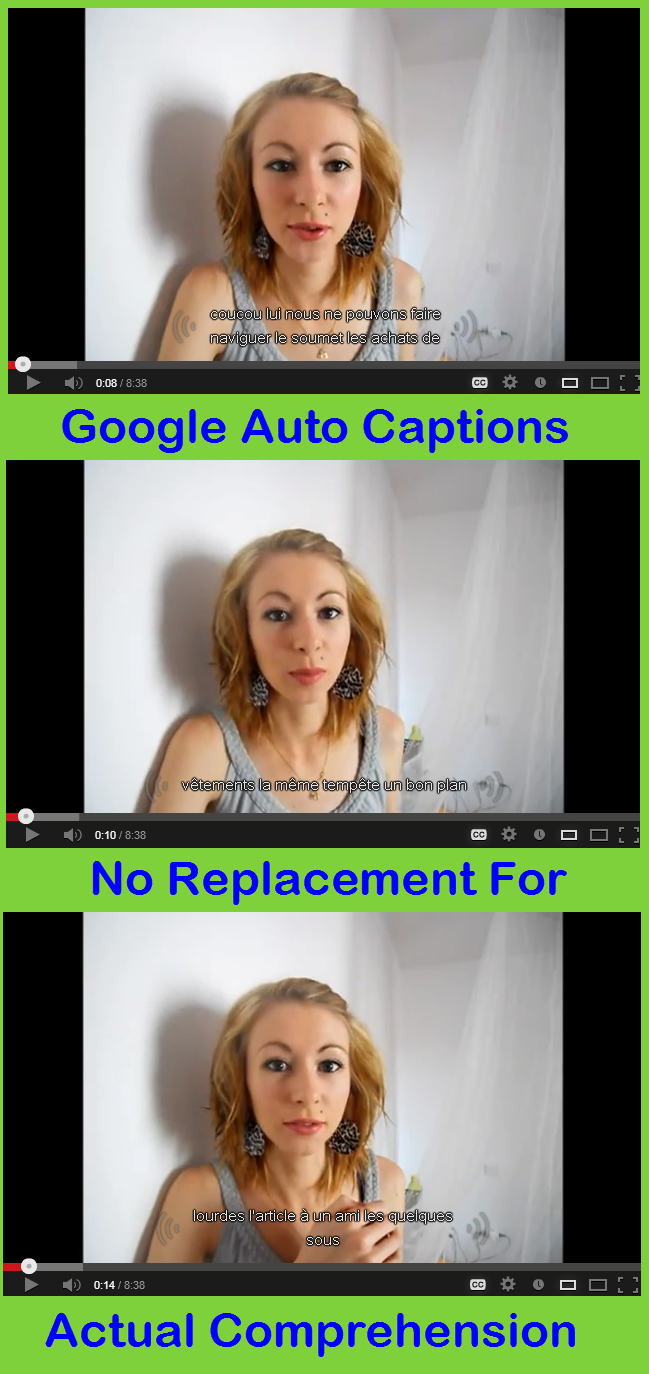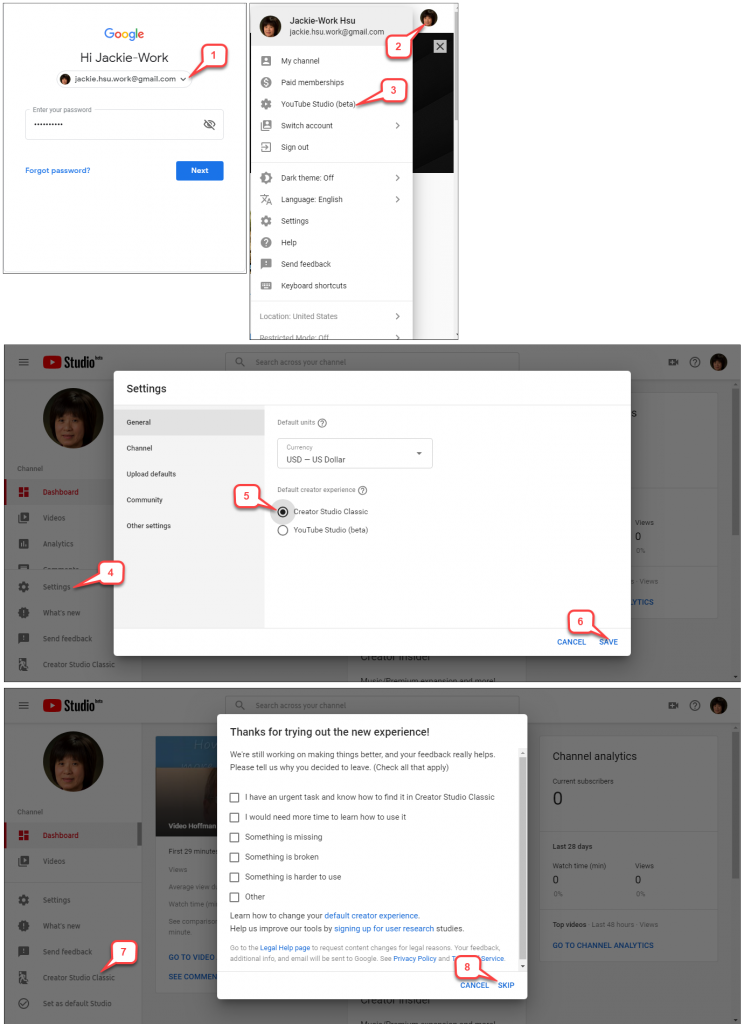



This essentially puts into text the words you are saying in your video. The better the videos perform, the more views we get which then turn into subscribers.One tool that YouTube has is the automatic captioning tool. Our sister website, Access iQ, has guidelines for captioning multimedia.We are constantly looking for methods to get our videos to rank on YouTube. Google has updated its instructions for uploading and editing captions. The ability to edit caption files directly online on such a widely used and free video streaming website is a positive move towards quality captions, particularly for Deaf or hearing impaired users. Unfortunately, the new function does not allow you to change time codes, so it works best with corrections to spelling and grammar. Once the captions are edited, changes can be saved directly to the associated video.

Previously, making changes to captions meant users had to create a separate caption file, usually through third party services such as Amara. The new caption editor function, developed by a Google intern and his mentor, allows users to correct automatic captions within the YouTube website. However, the auto-generated captions are renowned for their inaccuracy. These are automatically generated with time codes and appear as captions on the videos once they are turned on. To provide captions on their YouTube videos, users can either upload their own caption files or use the 'machine transcript' function to generate automatic captions through Google’s voice recognition technology.


 0 kommentar(er)
0 kommentar(er)
